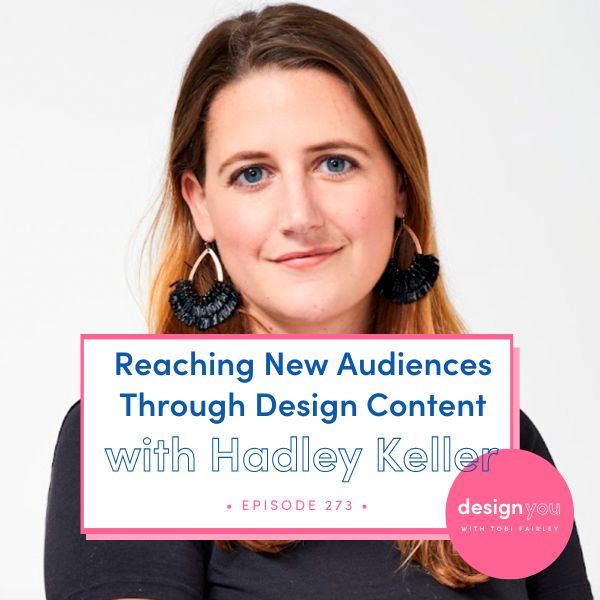
If you’re a designer or any kind of creative with an interest in being published or creating content, you’re going to love this episode. I’m joined by a real inside source when it comes to design writing, and she’s here to give us her insights and answers about connection and storytelling in the design industry.
Hadley Keller is a long-time design writer and editor currently serving as Director of Editorial and Community Engagement at the Design Leadership Network, which is a community of top leading designers. Things are rapidly changing in the design content and editorial industry, and Hadley is walking us through what we need to know if we’re trying to navigate this space.
Tune in this week to discover Hadley’s tips for getting creative with your content so you can reach new audiences, and her tips for forming relationships with publishers. We’re discussing how to position your social media to get clients, why there’s no such thing as a local designer anymore, and what you can do to get your work out there.
Fairley Fancy is officially open for business! Click here to check it out. Follow Fairley Fancy on TikTok and Instagram to follow along with the launch, stay up to date with details of giveaways, and all the good stuff.
If you’re an interior designer or creative looking to up-level your business, I have something for you. It’s my Build a Better Business Guide. Burnout, undercharging and the feast and famine cycle are rampant in the design industry but there’s a better way to run your business. Click here to get my manifesto and guide that will have you on your way to a business with more ease, more joy, and more money.





